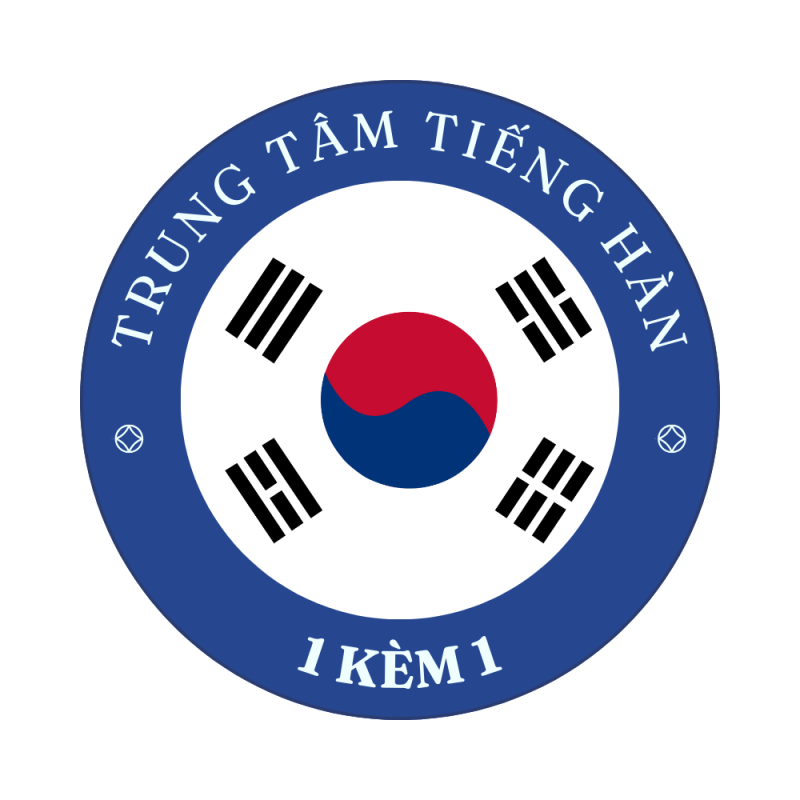The International 10-Dance category epitomize one of the most demanding disciplines in competitive ballroom dancing, demanding proficiency across ten distinct dance forms. The exhaustive competition structure combines the refined precision of Standard alongside the fiery passion of Latin styles, testing dancers’ stamina, technical adaptability, and artistic consistency[1][2][4].
## Origins and Structural Foundations https://ten-dance.com/
### The Ten Dance Concept
Per global DanceSport regulations, Ten Dance includes five International Standard dances paired with Cha-cha, Samba, Rumba, Paso Doble, Jive, performed as a single competitive event[1][3][4]. In contrast to style-specific divisions, 10-dance competitors are required to exhibit equal competence across both disciplines, a rarity in professional circuits[1][6].
The category’s inception originate from the standardization efforts of organizations like international DanceSport authorities, pioneering the first World 10 Dance Championships in 1978. Initial dominance by UK pairs, as evidenced by unprecedented winning streaks[3].
### Event Structure and Demands
Ten Dance events follow unique scheduling pressures:
– Sequential style execution: Competitors transition from Standard’s controlled elegance to uninhibited Latin expressions during single-day sessions[1][2].
– Costume and mental transitions: Quick changes formal Standard wear to Latin’s revealing outfits compound performance pressures[1][6].
– Evaluation metrics: Technical precision, rhythmic responsiveness, and interdisciplinary consistency influence results[4][6].
Analysis of major tournaments indicates Teutonic competitive superiority, as demonstrated by prolonged success periods[3]. North American breakthroughs occurred via early 21st-century triumphs[3].
## Technical and Training Complexities
### Dual-Style Mastery
Excelling in 10-dance requires:
– Contrasting biomechanics: Ballroom’s vertical alignment versus Latin’s hip-driven motion[4][6].
– Opposing rhythmic approaches: Waltz’s 3/4 time fluidity contrasted with Jive’s 4/4 syncopation[2][6].
– Mental recalibration: Switching from Foxtrot’s smooth progression Latin’s theatrical intensity mid-competition[1][6].
Practice protocols demand:
– Extended rehearsal time: Rigorous scheduling to maintain dual-technique competence[1][6].
– Multi-disciplinary instructors: Separate Standard and Latin coaches often collaborate on unified training plans[6].
– Complementary conditioning: Ballet for posture combined with athletic endurance work[1].
### Statistical Realities
Data from dancesportinfo.net demonstrate:
– Attrition rates: 72% of Ten Dance aspirants leave 10-dance by their fifth competitive season[1].
– Judging bias concerns: Over a third of judges report struggling assessing interdisciplinary consistency[6].
## Cultural Impact and Future Trajectories
### Ten Dance’s Niche Appeal
Despite the inherent difficulties, Ten Dance cultivates:
– Versatile performers: Athletes like Canada’s Alain Doucet embody technical universality[3][6].
– Cross-style innovation: Fusion techniques created during 10-dance choreography frequently impact single-style competitions[4][6].
### Emerging Trends
10-dance confronts:
– Participation declines: Peak participation figures recent reductions[1][3].
– Regulatory reforms: Discussions about adding non-International styles to refresh the format[4][6].
– Digital advancements: Algorithmic scoring tools under experimentation to address human bias concerns[6].
## Synthesis
Ten Dance stands as both a crucible and paradox within DanceSport. While celebrating exceptional adaptability, it risks competitor exhaustion via extreme requirements. As governing bodies contemplate structural changes, the essence of Ten Dance—testing human limits through artistic synthesis—continues to shape its future[1][3][6].
